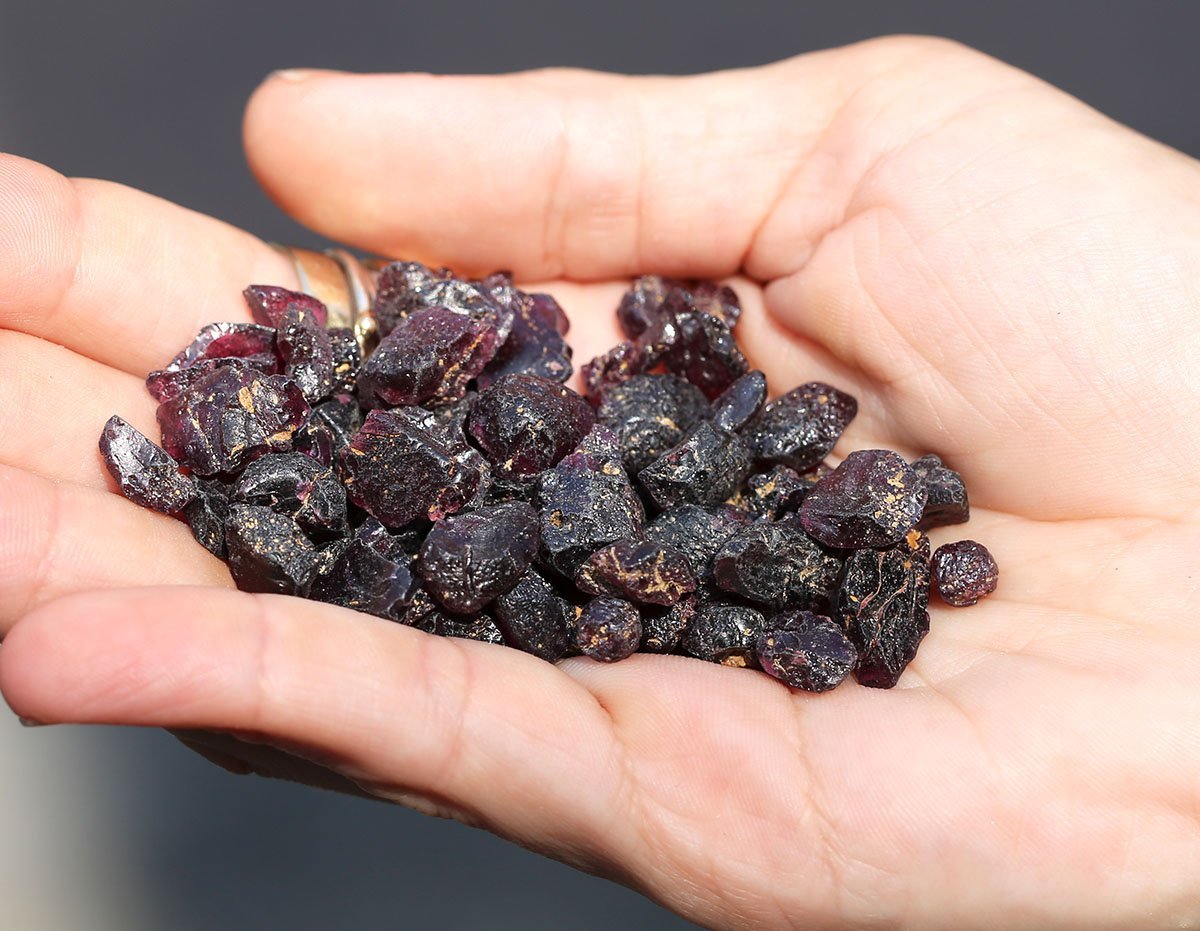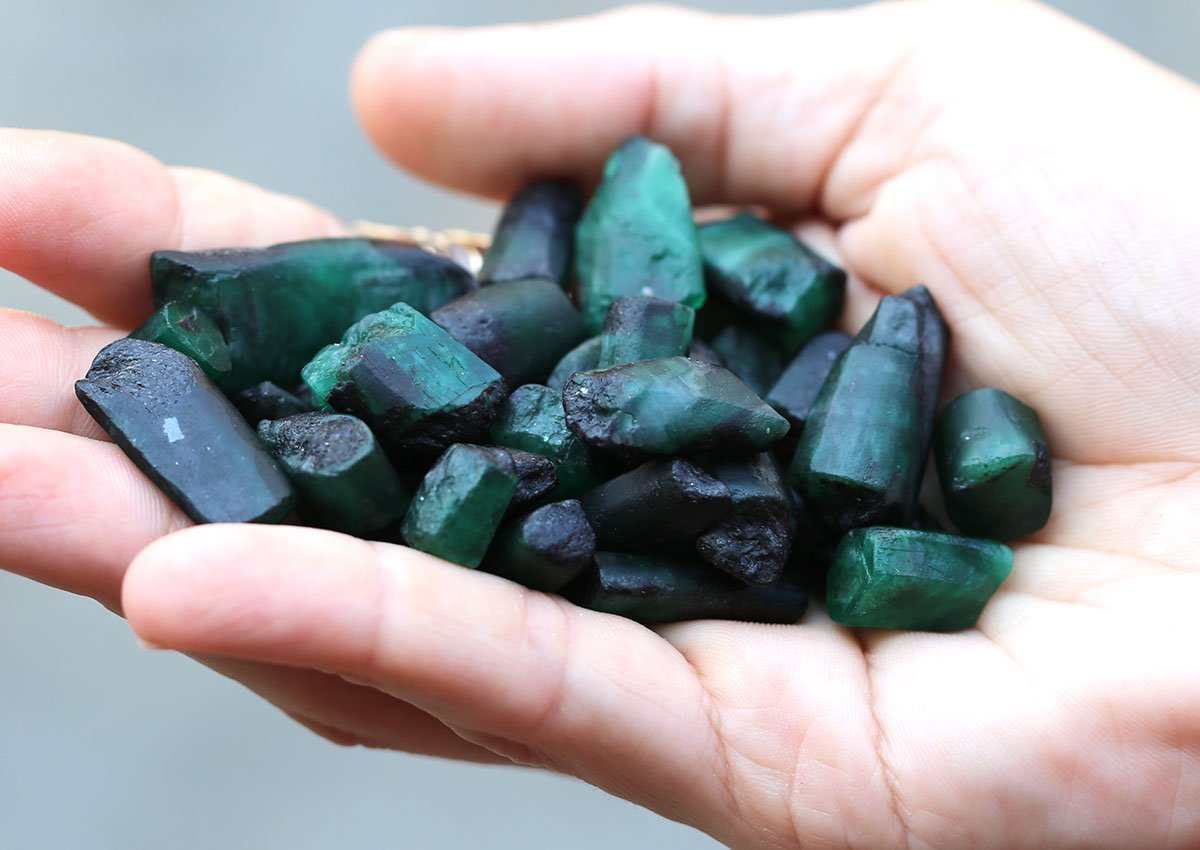The name ‘garnet’ is believed to have come from the Latin Granatus, which itself is derived from Granum meaning ‘grain or seed’. Most likely due to the Pomegranate-like appearance of garnet gemstones, which are a deep ruby red color.
The ancient Greeks had a lovely explanation of why the winter months set in. According to legend, Hades, God of the Underworld had spotted the beautiful maiden Persephone (daughter of Zeus) by a stream and was awestruck by her beauty. He whisked her away to the Underworld to make her his wife but knew it was fated to fail, because Zeus was furious.
Before releasing Persephone, Hades fed her sweet pomegranate seeds, knowing she would be returning for more, which she does every Winter. The red garnet gems resemble pomegranate seeds, and pomegranate replicas were crafted in garnet by the master jewelers of their day.

The term ‘carbuncle’ was used by European scholars in antiquity and was often used to describe all red stones. Jewish and Christian traditions say that a ‘carbuncle’ was one of the precious gems given by God to King Solomon and that King Solomon would wear garnet into battle, a practice which was followed by Christian and Muslim warriors during the Medieval period, believing garnet to give protection in battle.
The use of garnet in battle was not just a European thing. Tribes in both North America and the Northern Indian/Pakistan region both used garnets as force amplifiers, shooting them at their foes to increase the damage afflicted to their targets.
Today garnet is associated with clearing the root chakra, helping to rid the body of inflammation and toxins. It is also believed to bring good fortune to its’ wearer, but only on the condition that they behave well. Bad behavior will bring added misfortune to its wearer.







